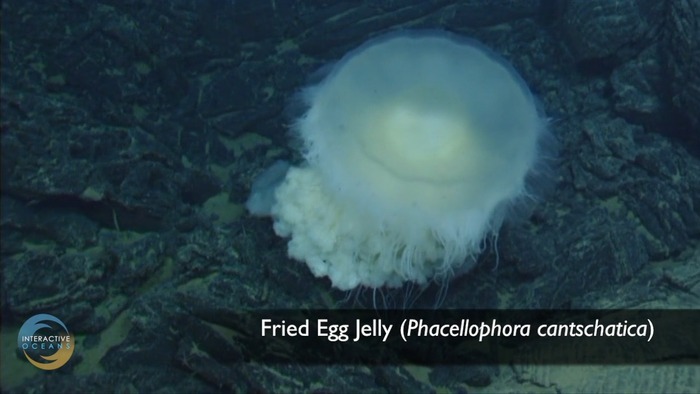Image Archive





























salp2_med

roughttailskate1_med

Banner for the VISIONS'16 Cruise

rattail1_med

rattail2_med

rattail3_med

rattail4_med

peniagone1_med

peniagone2_med

peniagone3_med

pandalopsis1_med

pandalopsis2_med

pandalopsis3_med

pacificflatnose1_med

pacificflatnose2_med

marrussp.1_med

limpet1_med

graneledone1_med

graneledone2_med

graneledone3_med

marrussp.2_med

graneledone4_med

friedegg1_med

deepseaskate1_med

dinnerplatejelly1_med

Despite the label, this is actually a Flapjack octopus (Opisthoteuthis sp.), which is often confused with Dumbo octopuses. They are not very closely related, but have some similarities: Flapjack octopuses are more squat, with larger eyes, smaller fins, more often orange in coloration, and shorter arms with more webbing between them.

deepseaskate2_med

dinnerplatejelly2_med
- Anemone
- Animal
- Arthropod
- ASHES
- Axial
- Axial Base
- Axial Biology
- Axial Caldera
- Bacteria
- Basalt Lava
- BEP
- Biofouling
- biolgoy
- Biology
- Camds
- Camera
- Camhd
- Central Caldera
- Ciliates
- Cnidaria
- Coastal Biology
- Crab
- Deep Profiler Mooring
- Dive Highlights
- Eastern Caldera
- Echinoderms
- Endurance Array
- Engineering Team
- ENLIGHTEN 10
- Exploratorium
- Fish
- Geology
- HD Camera
- HPIES
- Hydrate Ridge
- Hydrates
- Hydrophone
- Hydrothermal Vents
- Illustration
- Inshore 80 Meters
- Instrument
- International District
- J-BOX
- Jason
- Jellyfish
- Junction Box
- K12
- Lava
- Mollusk
- Moorings
- Nodes
- Nudibranch
- Octopus
- OOI
- Oregon Offshore
- Oregon Offshore 600 m
- Oregon Shelf
- Oregon Slope Base
- People
- PN1B
- PN1D
- Polychaetes
- PPSDN
- Primary Node
- RASFL
- ROCLS
- ROPOS
- ROPOS Dives
- ROV Team
- RV Revelle
- RV Sikuliaq
- RV Thompson
- Salp
- Sample
- SC13
- Science Team
- Sea Cucumber
- Sea Star
- Sea Urchin
- Seafloor
- Seismometer
- Sensors
- Shallow Profiler Mooring
- Shark
- Shipboard
- Shore Station
- Slope Base
- Smoker
- Soft Coral
- Southern Hydrate Ridge
- Sponge
- Squid
- Students
- Students & Guest Participants
- Tmpsf
- Tubeworms
- VISIONS 11 Leg 1
- VISIONS 11 Leg 2
- VISIONS 11 Viewers
- VISIONS 13
- VISIONS 14
- VISIONS 15
- VISIONS 16
- VISIONS 17
- VISIONS 18
- VISIONS 20
- VISIONS 22
- VISIONS 23
- Visualization
